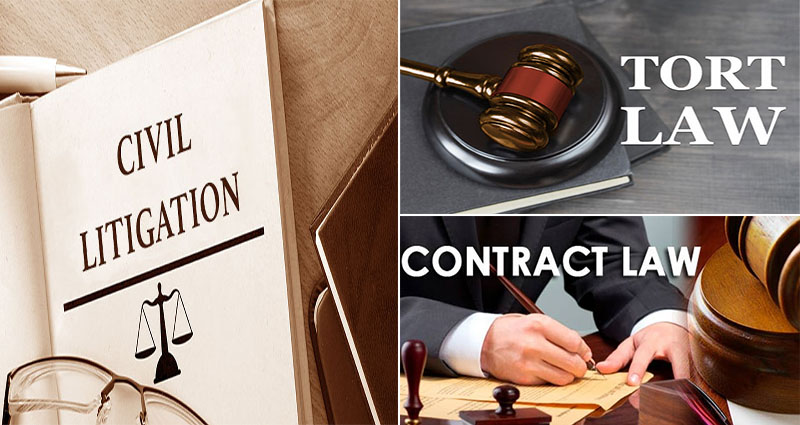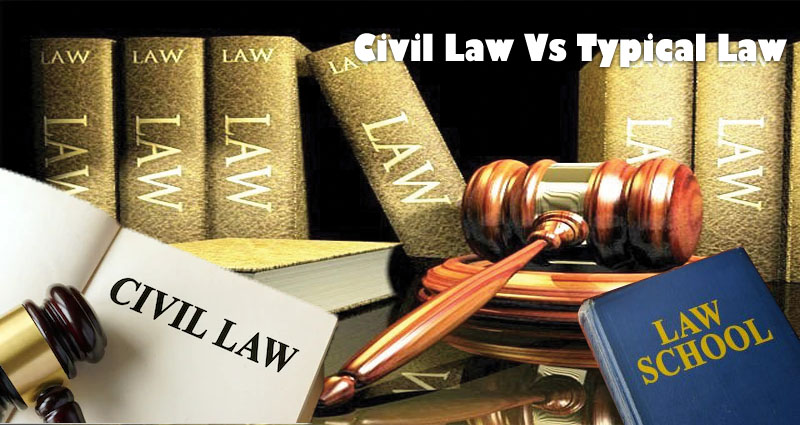When to Call a Personal Accident Lawyer in Columbus After an Injury
Accidents can occur at the most unexpected moments — on the road, on the job, in a store, or on a peaceful sidewalk in your community. While some injuries may turn out minor, and others may heal with a little rest and time, some injuries can linger and leave effects on your body, mind, and finances. When it comes to reaching out for legal help after suffering an injury due to another’s negligence, one of the most important things that you can do is know when to do so. Knowing when to contact a personal accident lawyer Columbus can make all the difference in the outcome of your case, ensuring that your rights are protected from the outset.
If you have suffered serious injuries, that is one of the most obvious reasons to call on a personal accident lawyer. This includes broken bones, head trauma, spinal cord damage, internal injuries,













